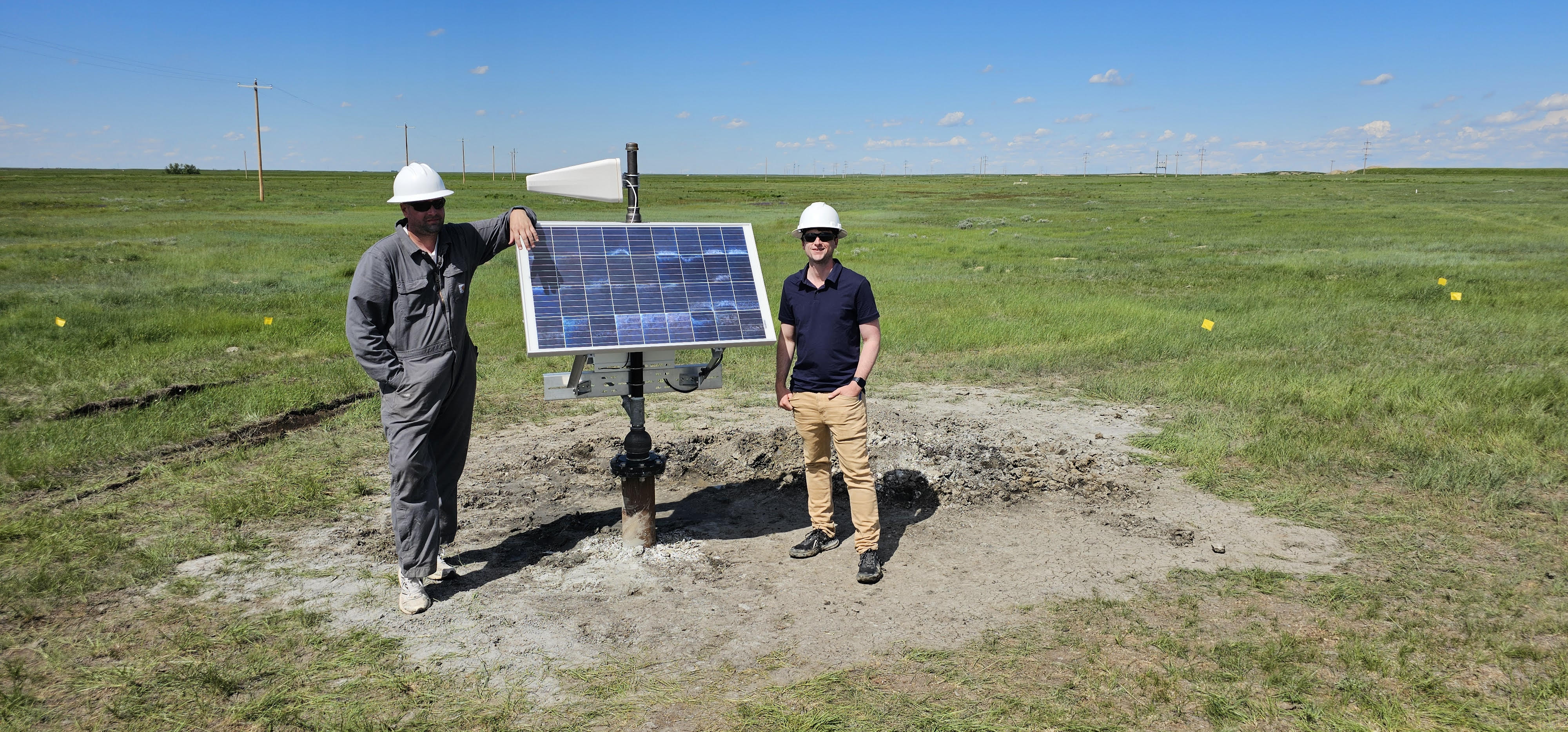A Q& A with Rob of Tensora
While geologic storage has been around for decades, the process for storing carbon dioxide underground has been met with significant concern around potential leakage. Over the years, technology has advanced significantly, but unfortunately, it’s not entirely leak-proof. Continuous monitoring and maintenance are crucial to minimize the risk of leakage and ensure the long-term safety of these sites.
Rob Moak from Tensora realized very early on how important it would be to have insights in real time about what fluids are actually doing in the subsurface. He built a solution to help oil and gas companies better understand subsurface risk, which is crucial for the effectiveness of detecting and quantifying leaks early. We sat down with Rob to chat more about current carbon capture and storage efforts, how Tensora’s geospatial tools actually work, and what personally got him so motivated to work with big oil and gas companies.
Given Tensora is working on carbon capture and storage, you must believe this key technology in helping combat climate change is here to stay. What makes you so bullish in this industry?
I believe that carbon capture and storage (CCS) will play a key role in the decarbonization of hard to abate industries for decades to come until more sustainable solutions can be deployed at scale. The IPCC estimates that without CCS, the cost of meeting emissions targets would be 138% higher, and I think it’s one of the best options we have in the near term. We’re bullish on CCS as a market because it’s one of the only decarbonization options available today that is built on decades of research and development and industry deployment. We have the capabilities to deploy it at scale today, not 10 years from now.
We’ve also seen strong signals from both industry and government that CCS has the potential for significant growth in the coming years. The bipartisan support for CCS, which has been shown by increases in the 45Q tax credits by multiple administrations, along with the increase in the number of states being granted primacy for the issuance of Class VI well permits, gives our customers’ confidence that this industry will continue to be supported. This has been reflected in the growth rate of new CCS projects in the development pipeline, which increased 102% year-on-year in 2023.
What traditionally has held back geologic rock storage to date, and how is Tensora helping address this?
There have been many technical, financial and legislative challenges to deploying CCS and geologic storage more broadly, but one of the main technical challenges has been the ability to adequately assess subsurface risk. In order for operators and underwriters to feel comfortable deploying capital intensive infrastructure investments, they need to have a deep understanding of the quality of their geologic assets and capabilities for tracking the injected fluids as they migrate through the subsurface. This has been a daunting task when there is over a kilometer of rock between you and what you’re trying to observe. And while there have been many technologies that have been useful for finding and extracting hydrocarbons, they fail to provide the information needed for the safe implementation of geologic storage at scale.
At Tensora, we’re developing purpose-built geophysical tools for gathering the information operators need to assess and monitor geologic assets. Our approach is to measure how the ground deforms at shallow depths when fluids are injected deep underground. When fluids are injected, this causes the pressure to increase and the reservoir expands, much like a balloon. This expansion can be measured at shallow depths and used to understand crucial information on where the fluids are traveling. This technique allows us to avoid the need for deep boreholes, which can be costly and can introduce leakage pathways out of the storage reservoir.
What got you personally motivated to start and build a business that works directly with big oil and gas companies?
I know the oil majors often get a bad rep in the climate community, but working with these companies is honestly one of the most exciting parts of my job. The oil and gas industry has over a century of experience in subsurface work and they are one of the few industries with the resources and know-how to deploy decarbonization technologies at scale today. The people I’ve worked with in this field are some of the most talented I’ve met and are deeply passionate about making a positive impact on the climate. I’ve talked to a lot of folks that would like to see the oil majors disappear, but I think what people really want is for us to end our reliance on fossil fuels. I think leveraging the capital resources and experience of the oil and gas industry is one of the best strategies we have for making a real impact today and I’m proud to work with them.
